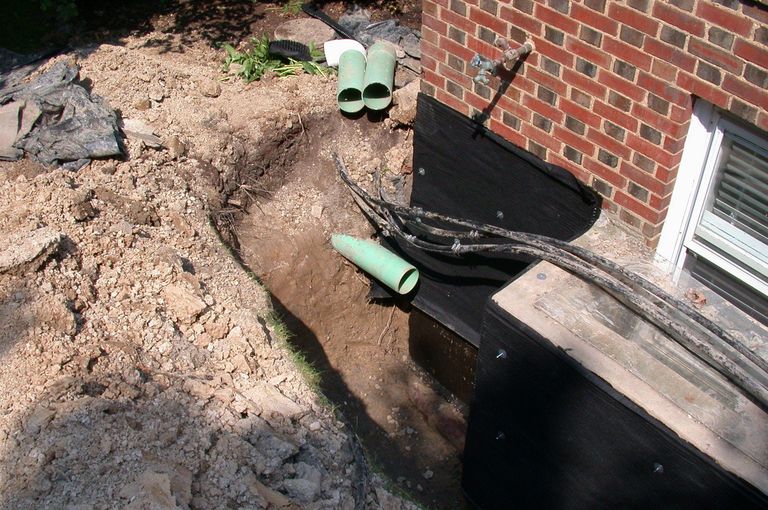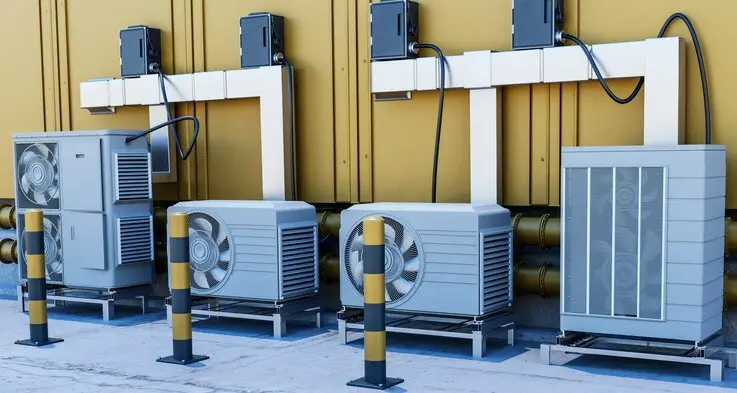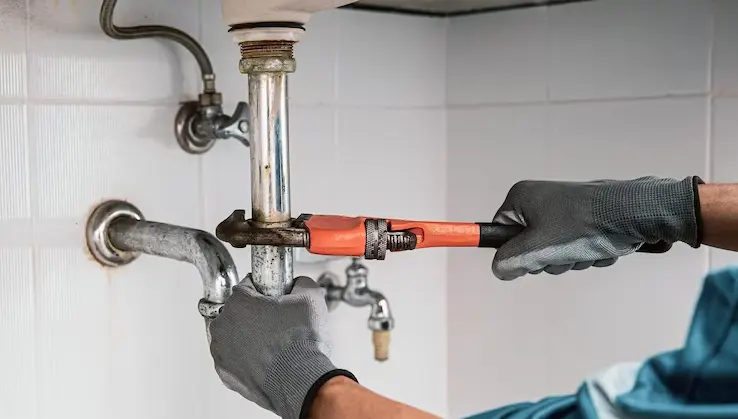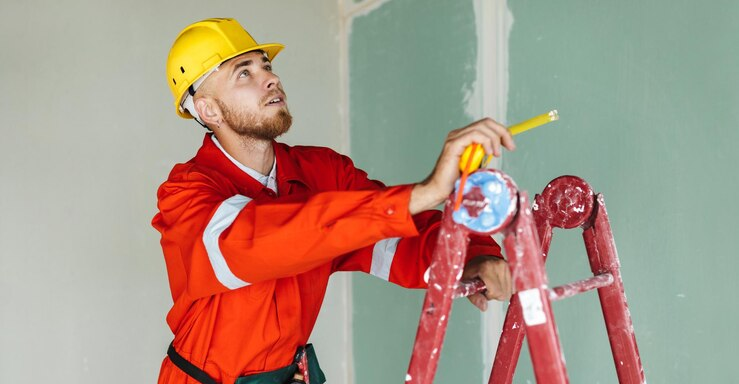“How much it costs to underpin a basement in Toronto?” is a question I get asked quite often from friends living in the city. I suppose the question is as good as any, since basement underpining is certainly one of those expensive home projects that really adds up when you add in the cost of contractors and materials. And this project isn’t just one or two visits to the local contracting companies, since it involves more than just excavating the basement and installing the underpining membrane – there are many other things to consider.
So, how much does it cost to underpin a basement in Toronto? That depends on a number of factors. For instance, if your basement is below grade (which will be the case if it’s wet) then the cost will of course be greater. If the basement is completely concrete, then the cost will obviously be less.
The first thing to consider is your basement’s grade. This is determined by a professional engineer who inspects the basement to determine what kind of underpinning system is required. The grade is usually done by examining the topography and drainage of your home. It should be fairly obvious to you by now which type of system you need to use. In most cases, the type of system recommended for basement underpinning is either drywall or mineral wool insulation.
Once you know the proper level of water resistance you have for your basement, the next factor to consider is your home design. Does your basement to allow for adequate ventilation? Can you make the necessary repairs to allow the free flow of air? Will your home be adequately insulated? These things will all contribute to the cost of underpinning your basement.
Once you have established a water-resistance level, you can move on to underpinning the basement walls. This involves digging up the ground around your home, installing a special drain, and putting down a underpin membrane. You will then create a seal between the newly created underpin membrane and the soil surrounding your basement. This seal acts as a barrier to any future water flow from your house.
After you have sealed your basement walls, you can apply a borate-based mixture to prevent any leaks. A borate-based underpinning mixture is usually made up of potassium borate and calcium borate. This mixture is applied to your basement walls and allowed to sit for a few weeks. If you follow these instructions on how to underpin a basement in a budget, you should see results before long. Other methods of underpinning your basement may require a professional to complete, so be sure to check out your options.




